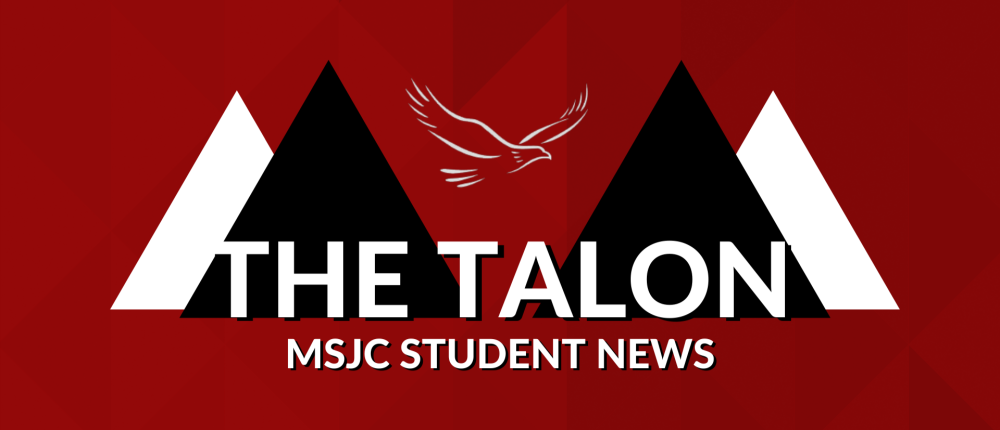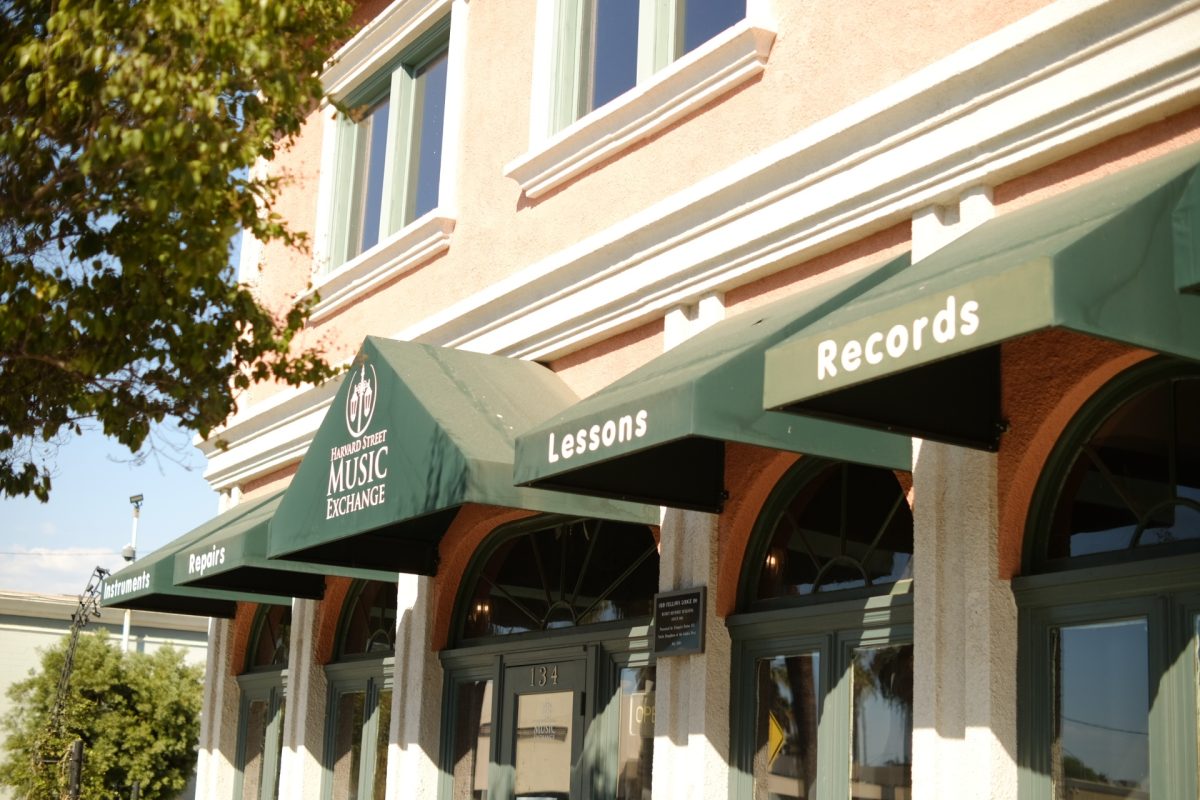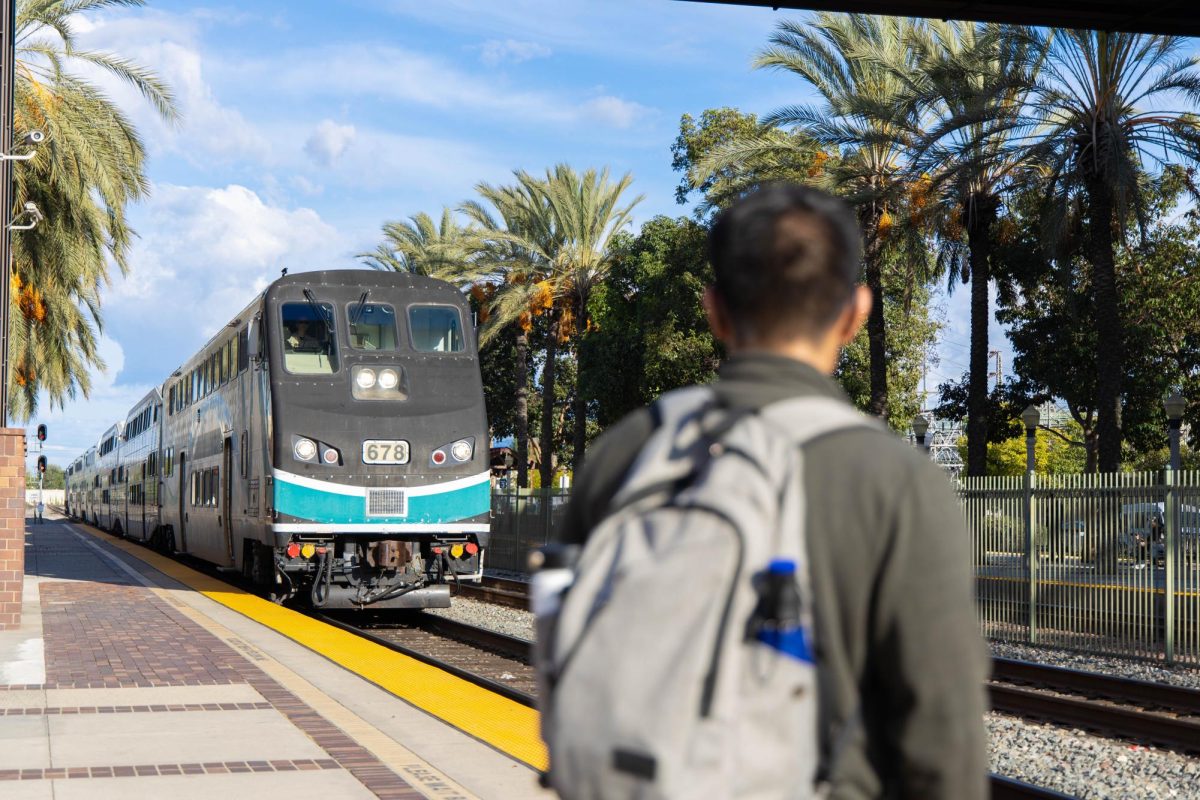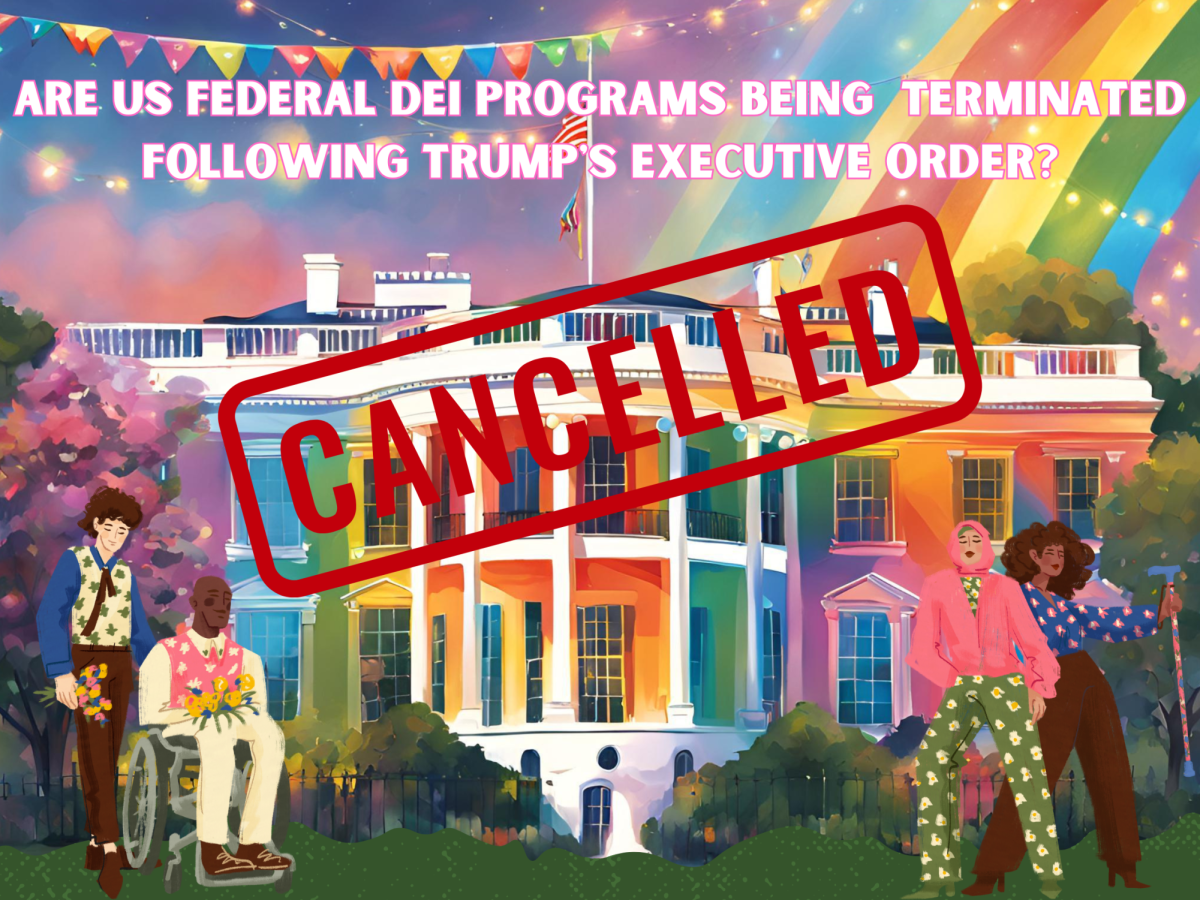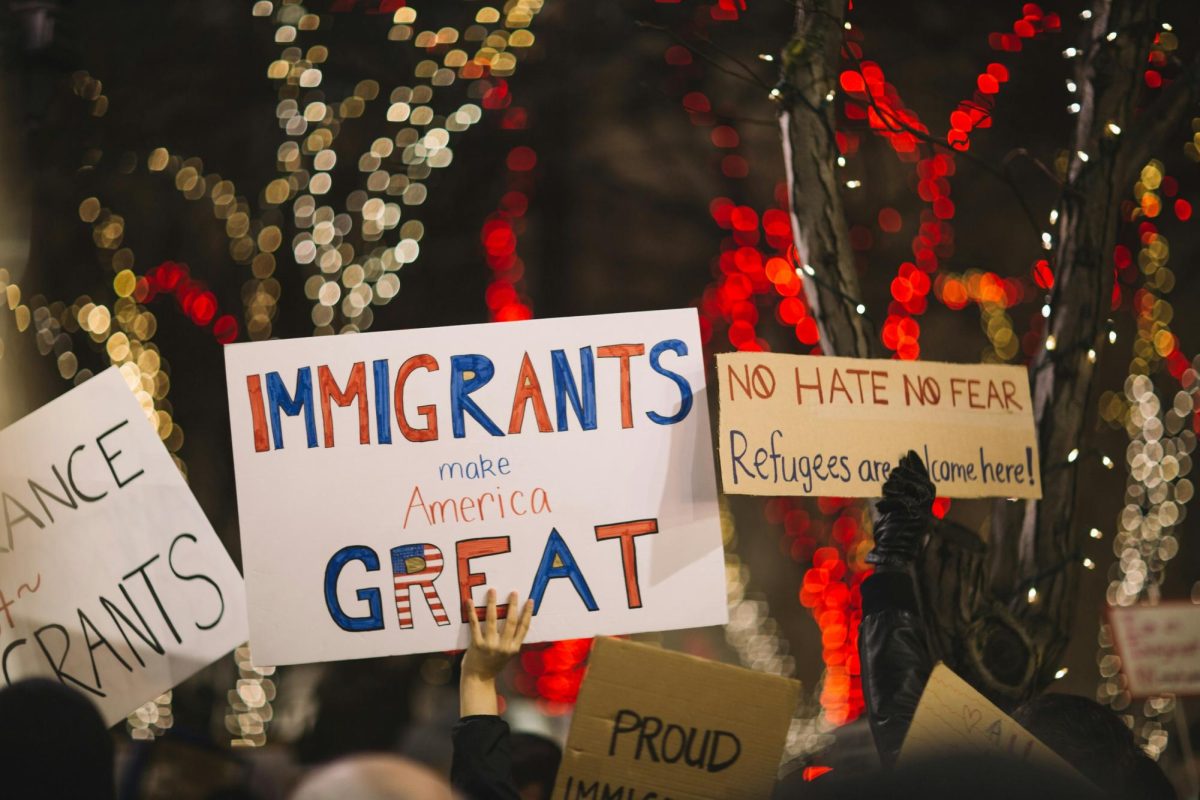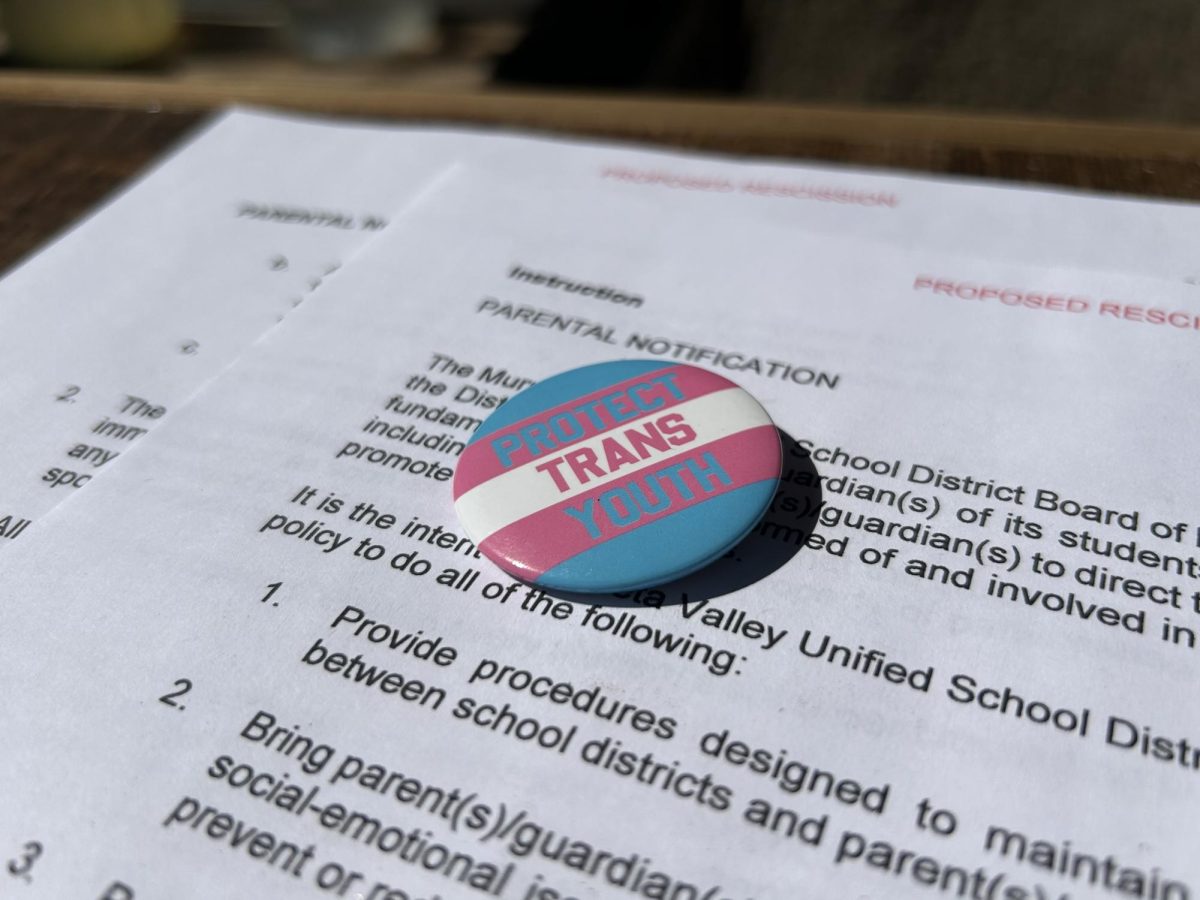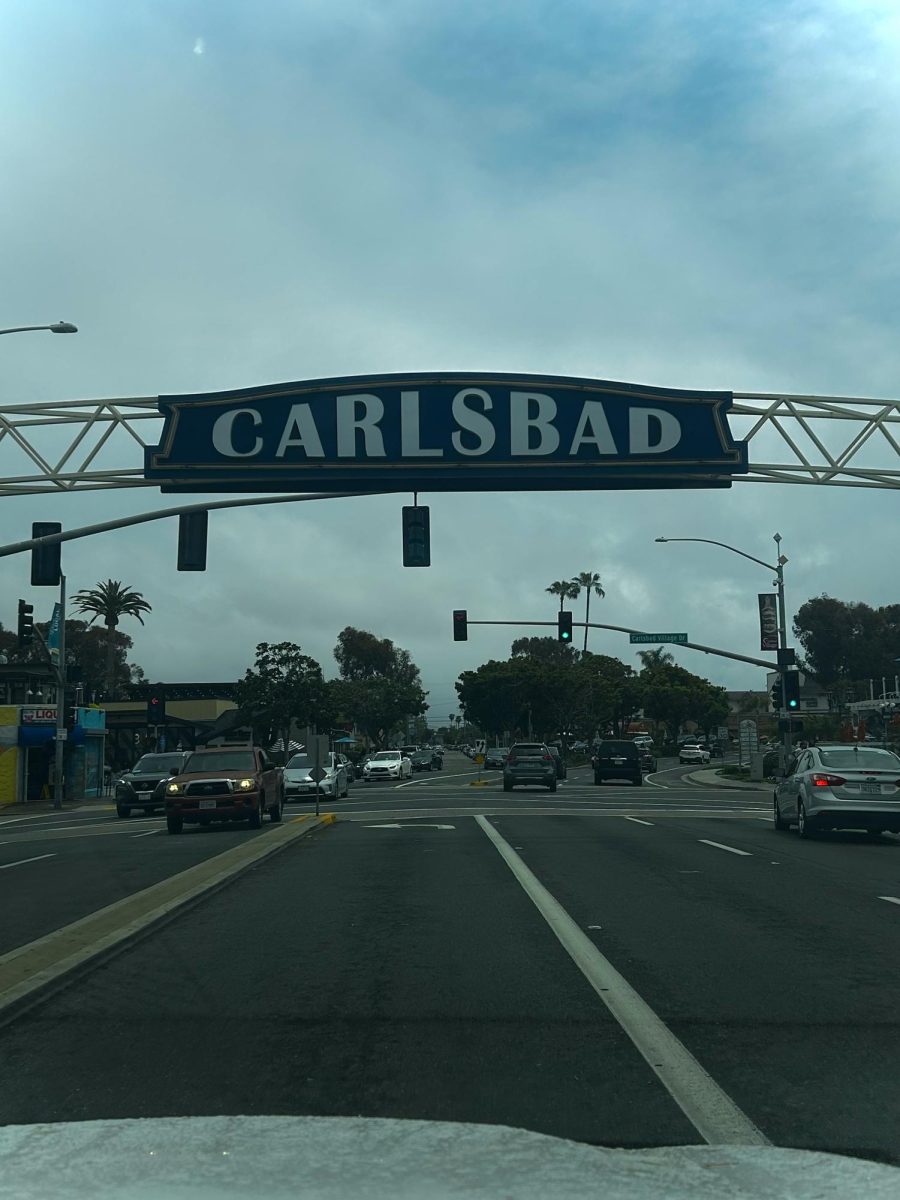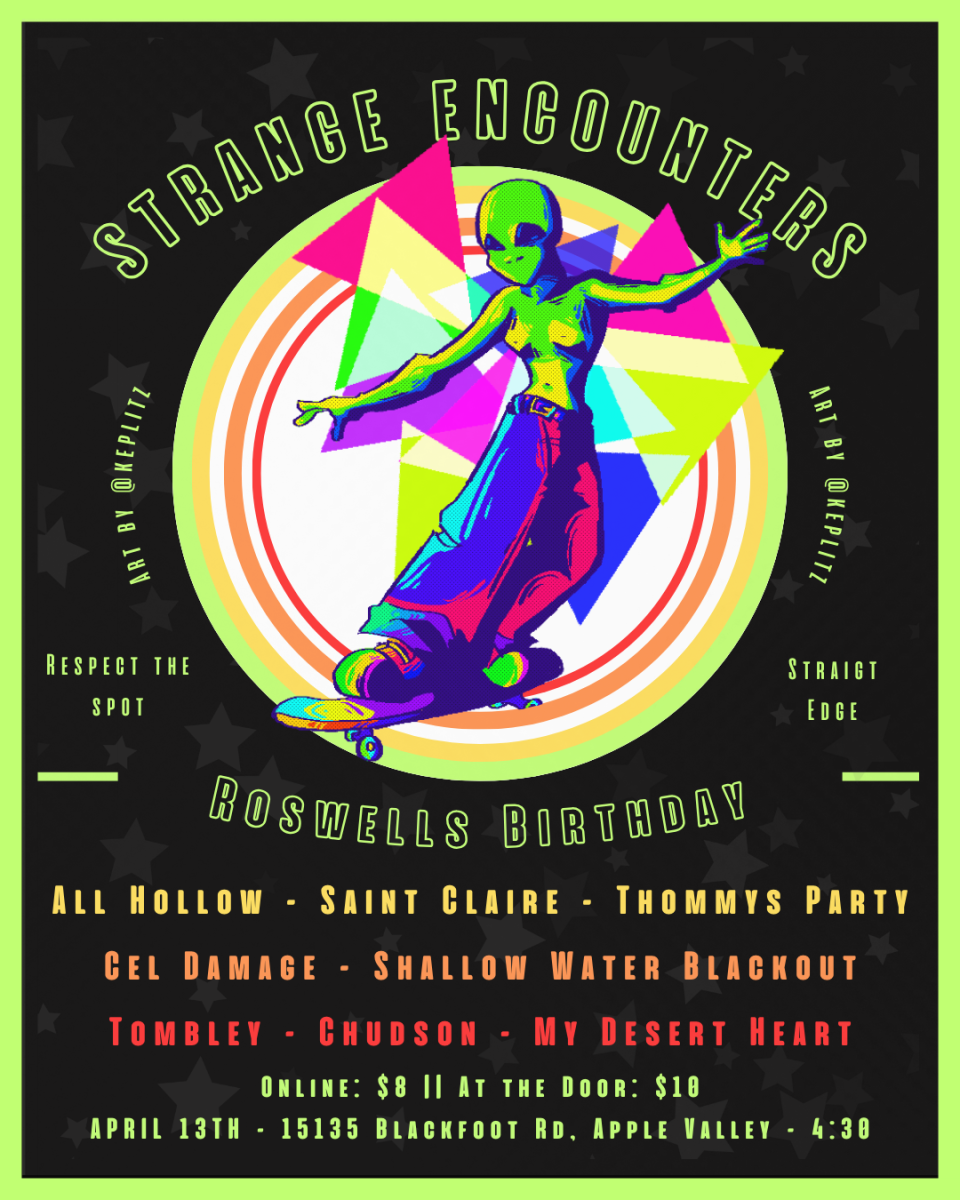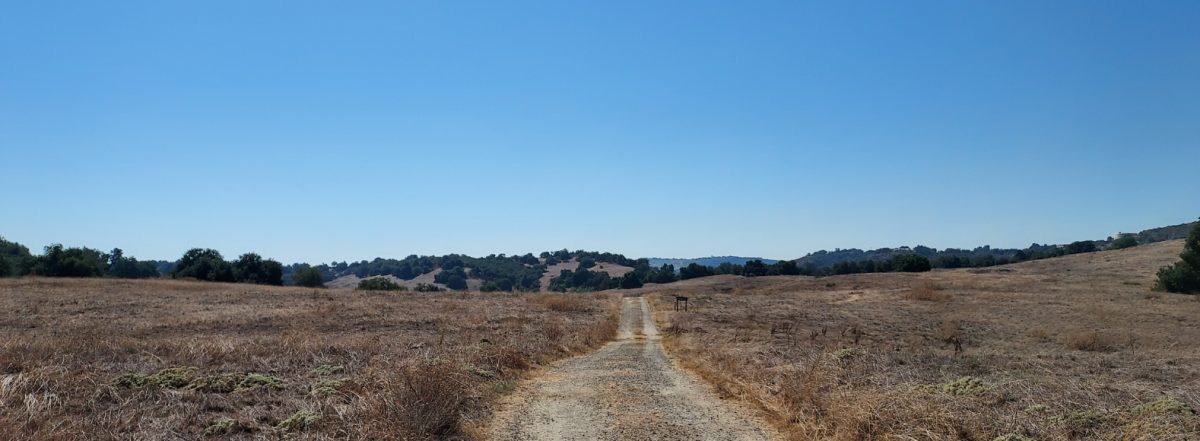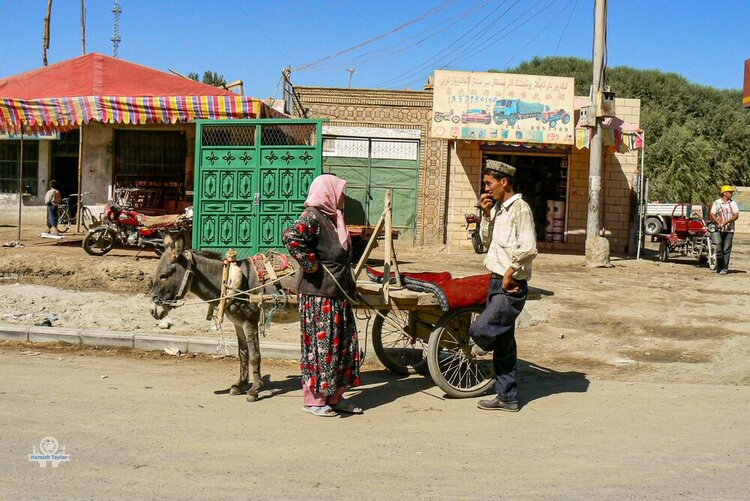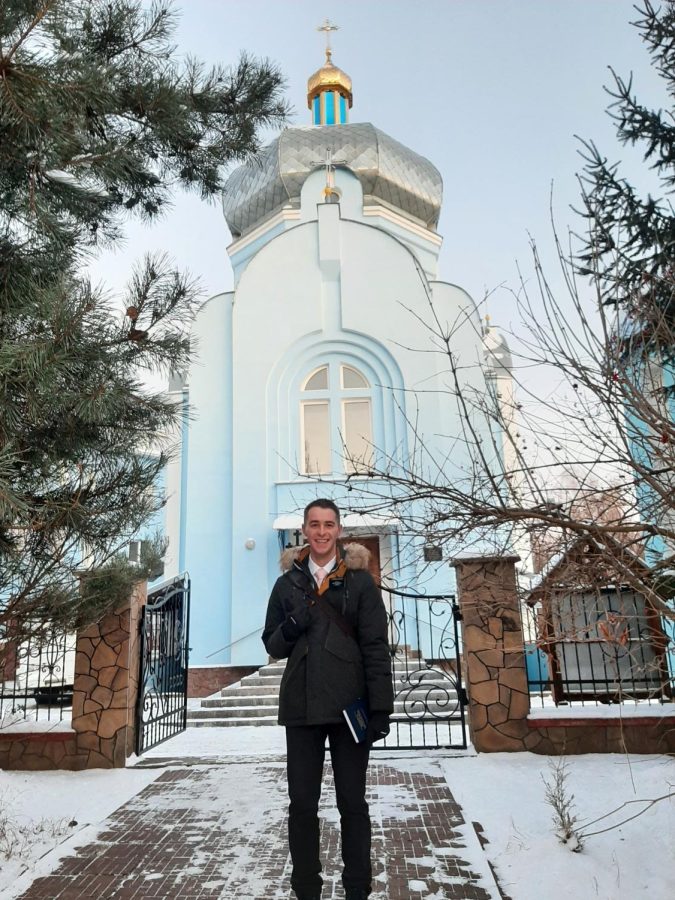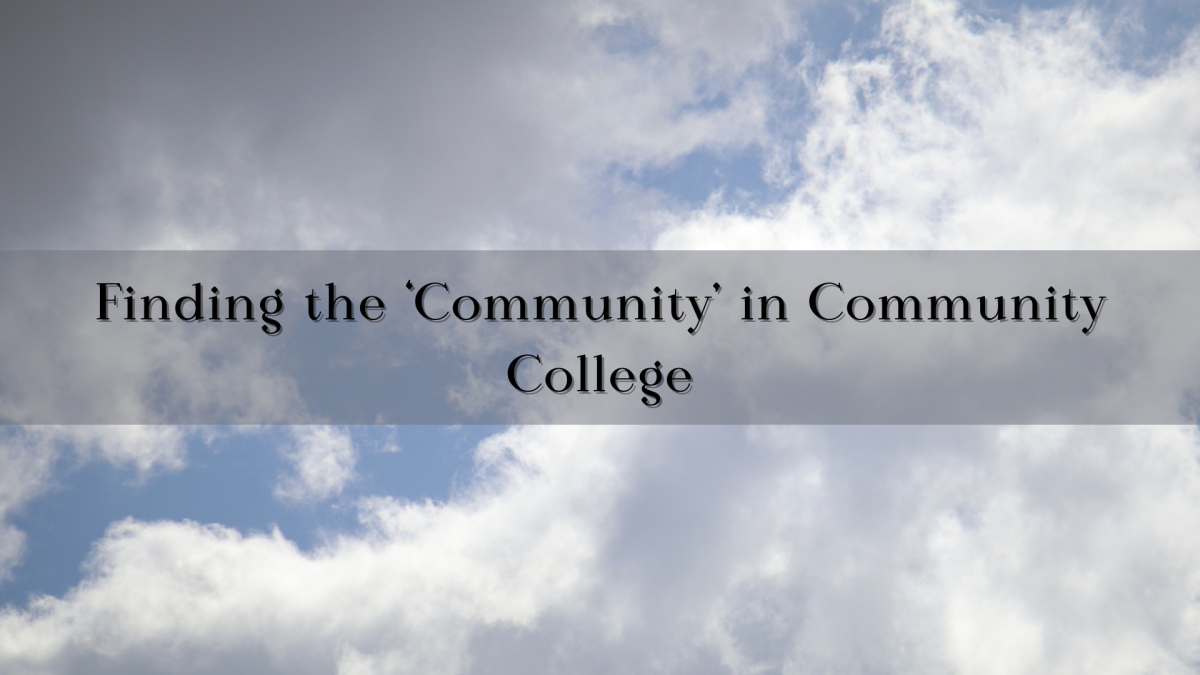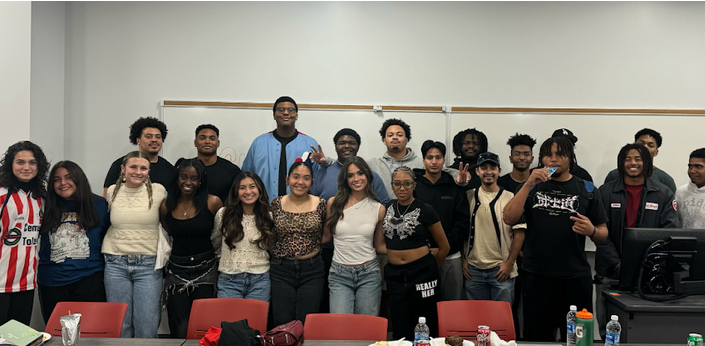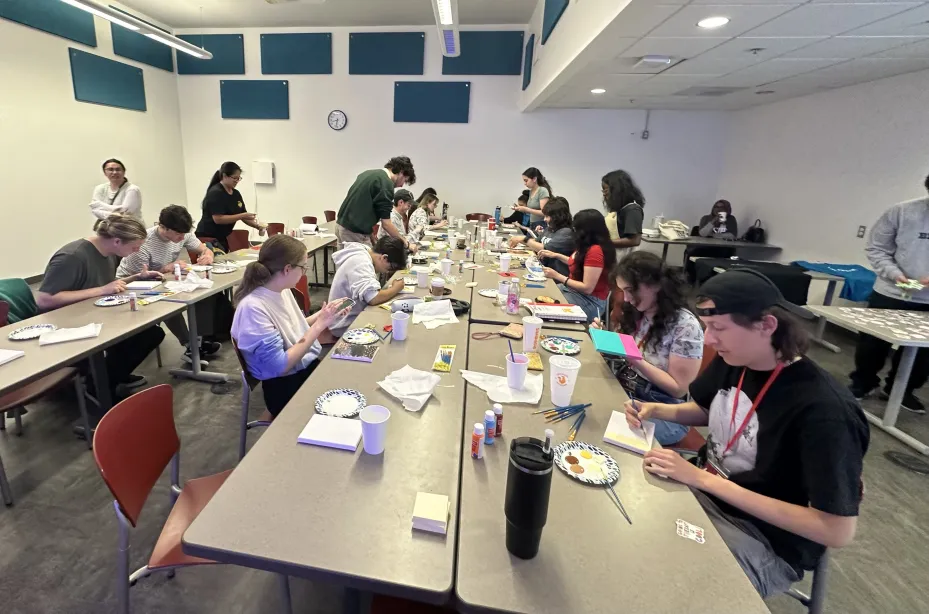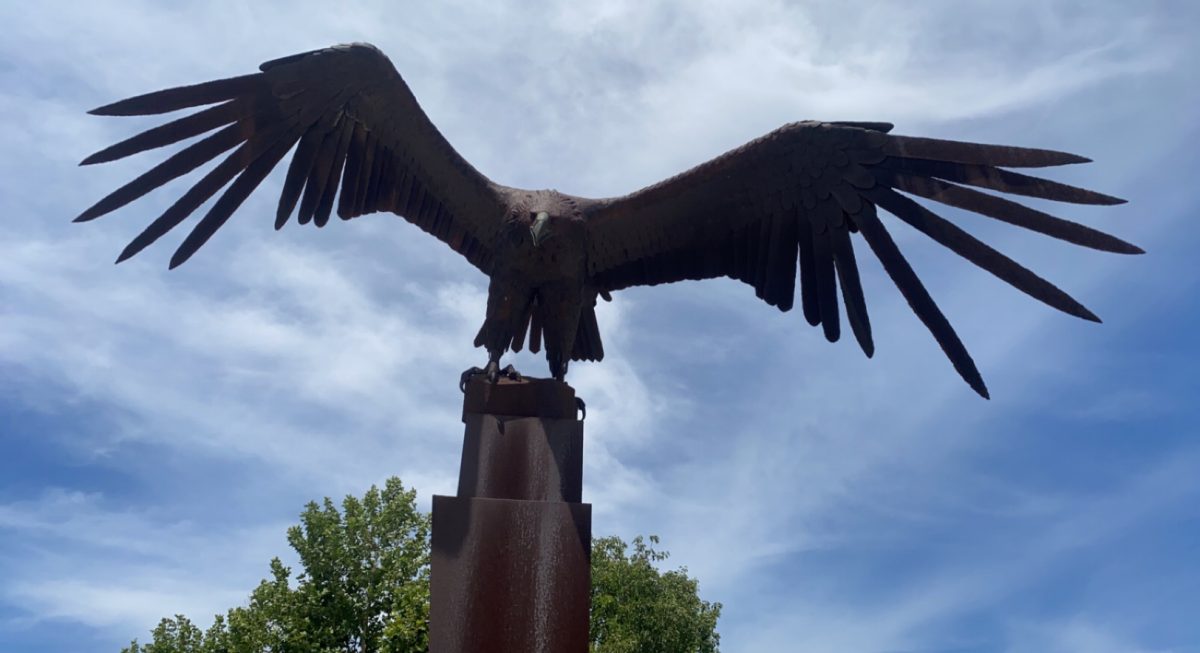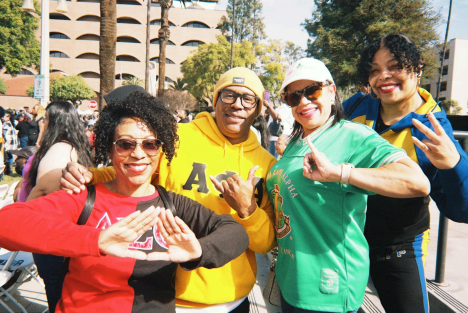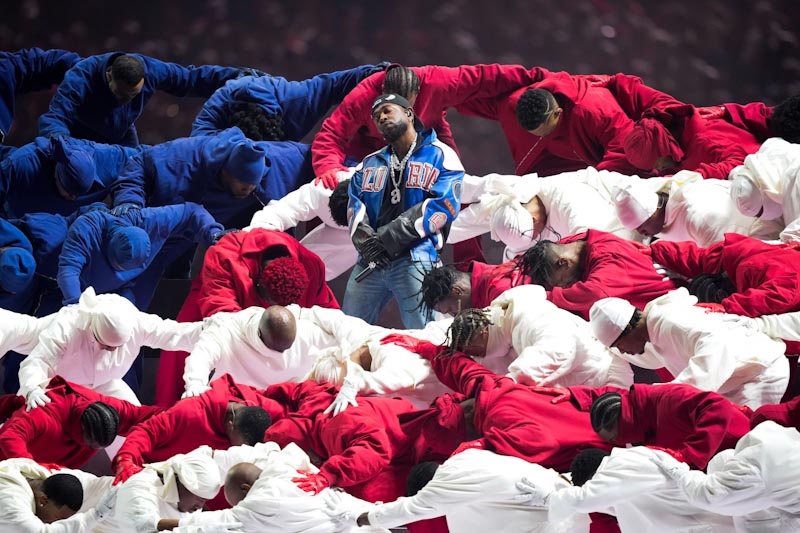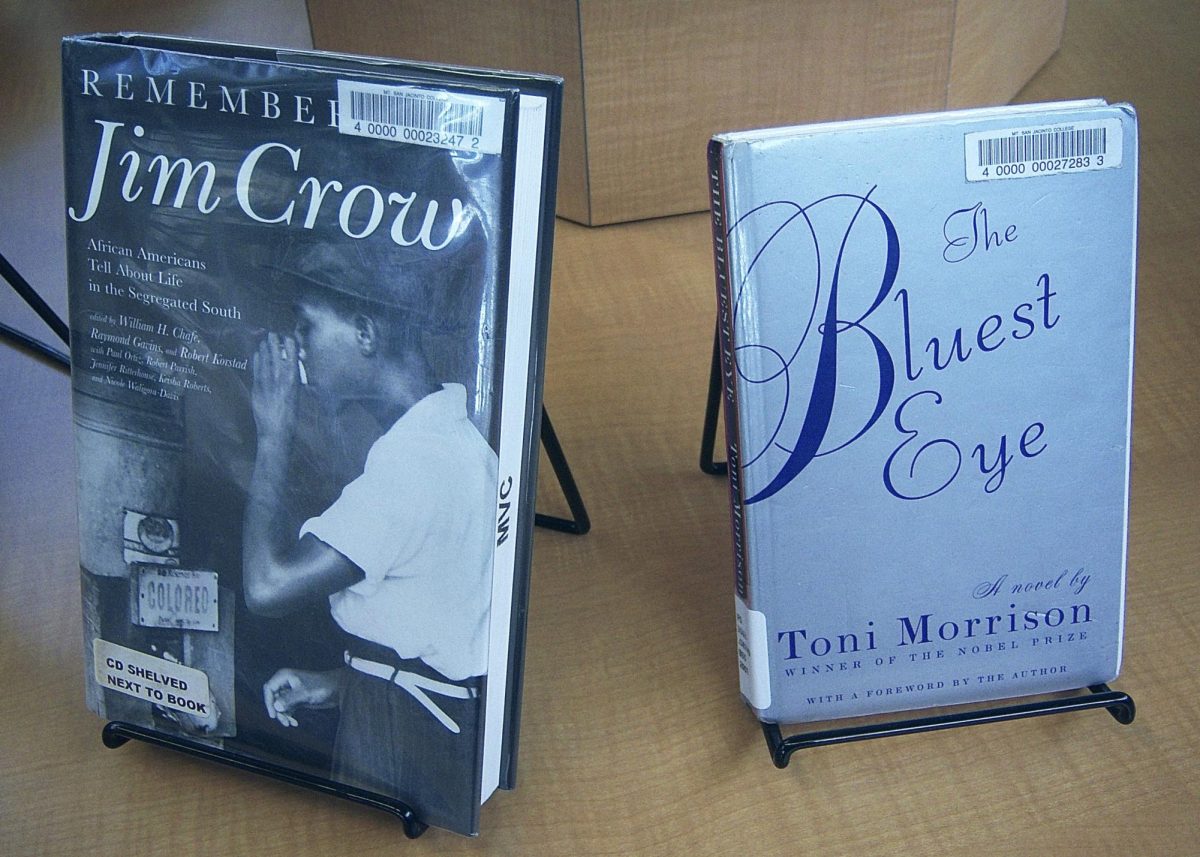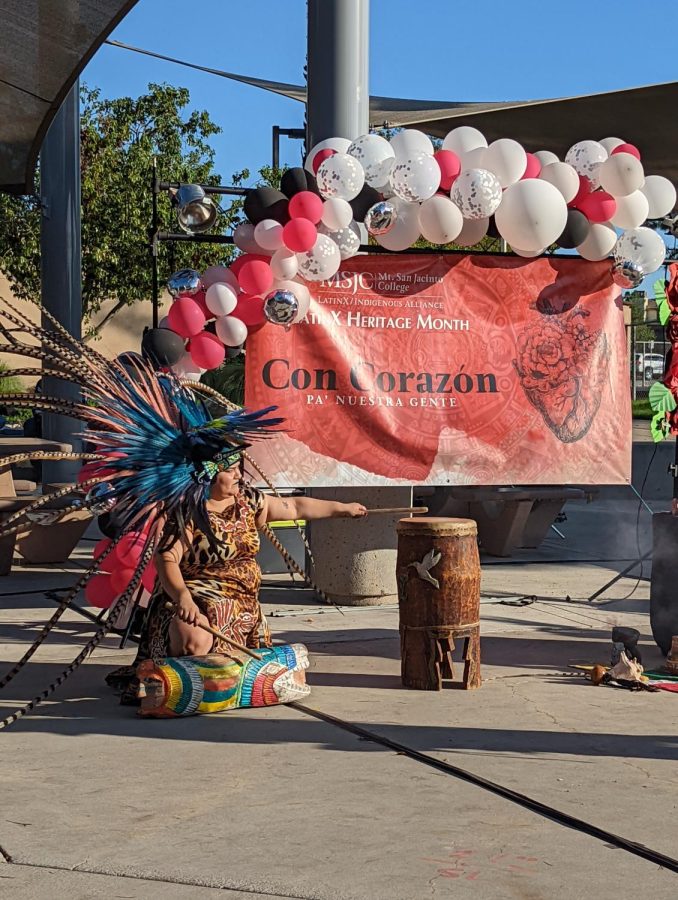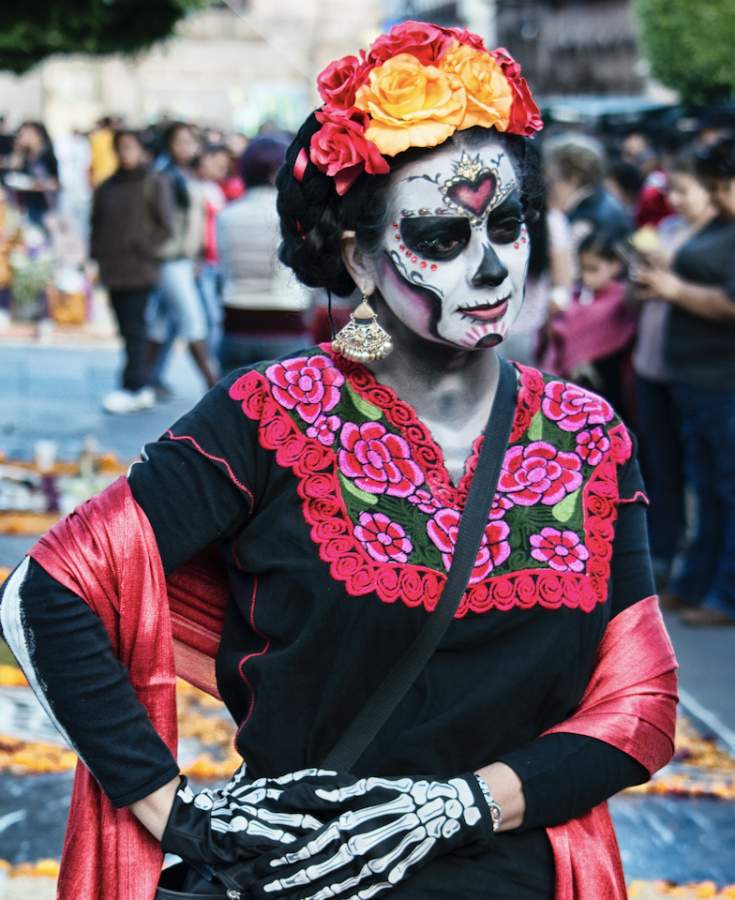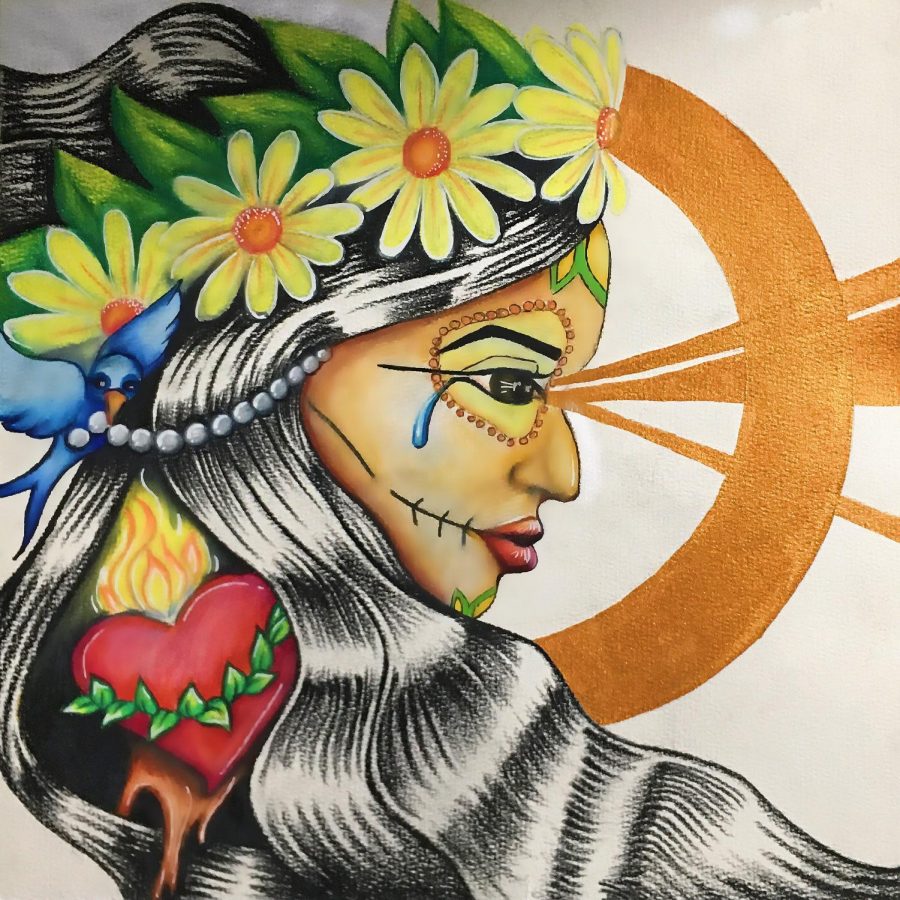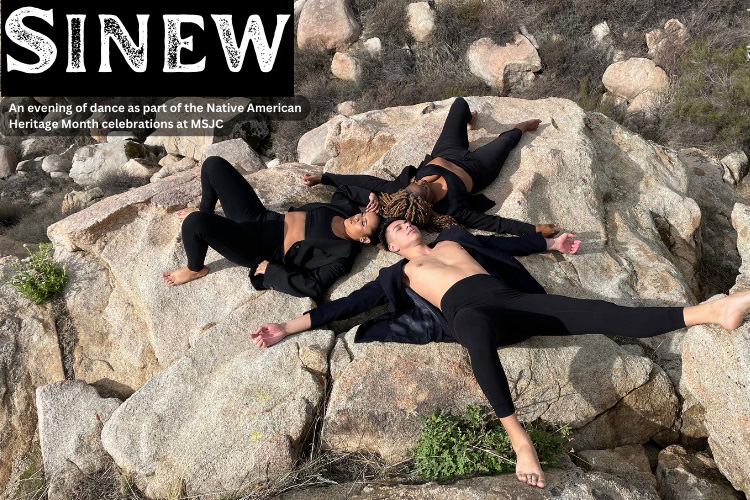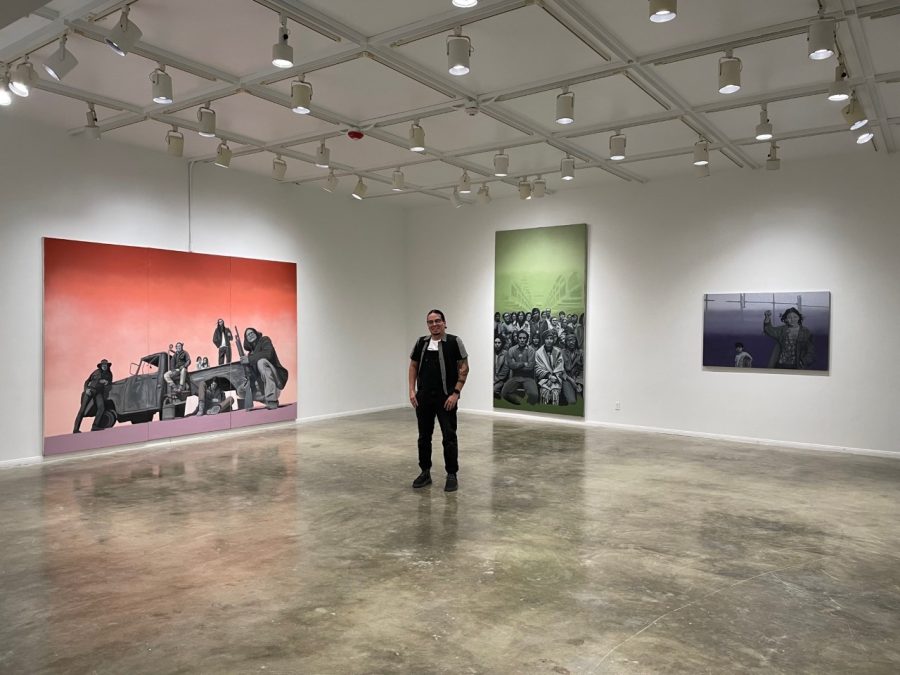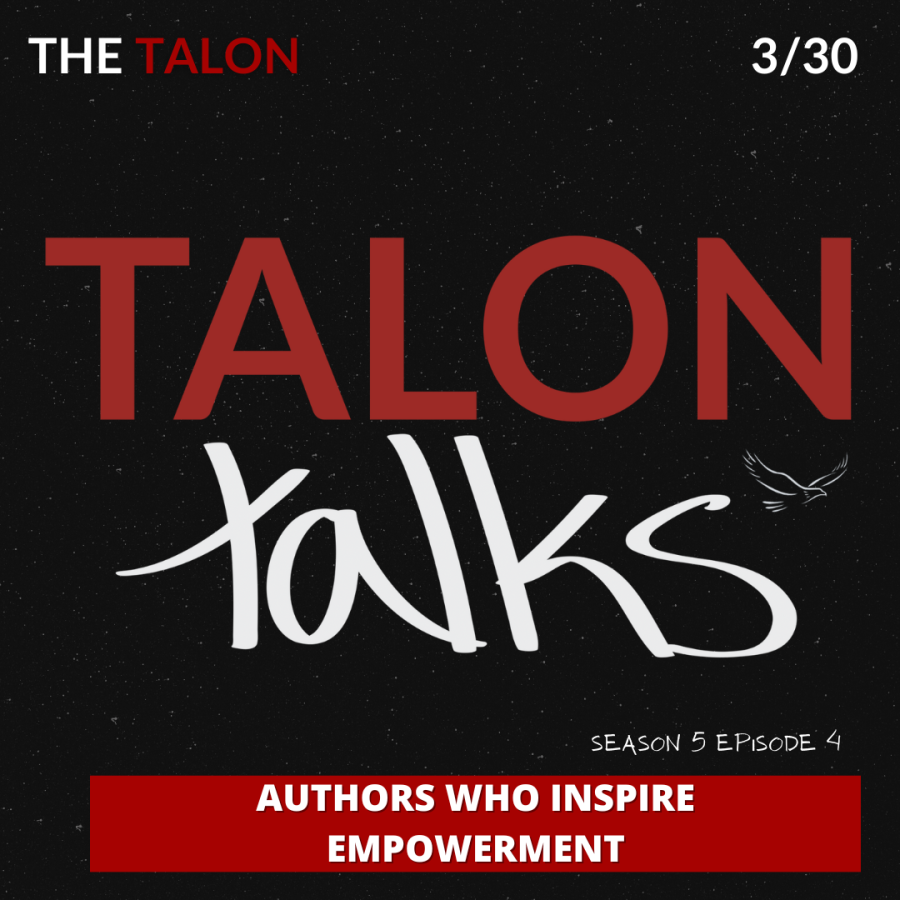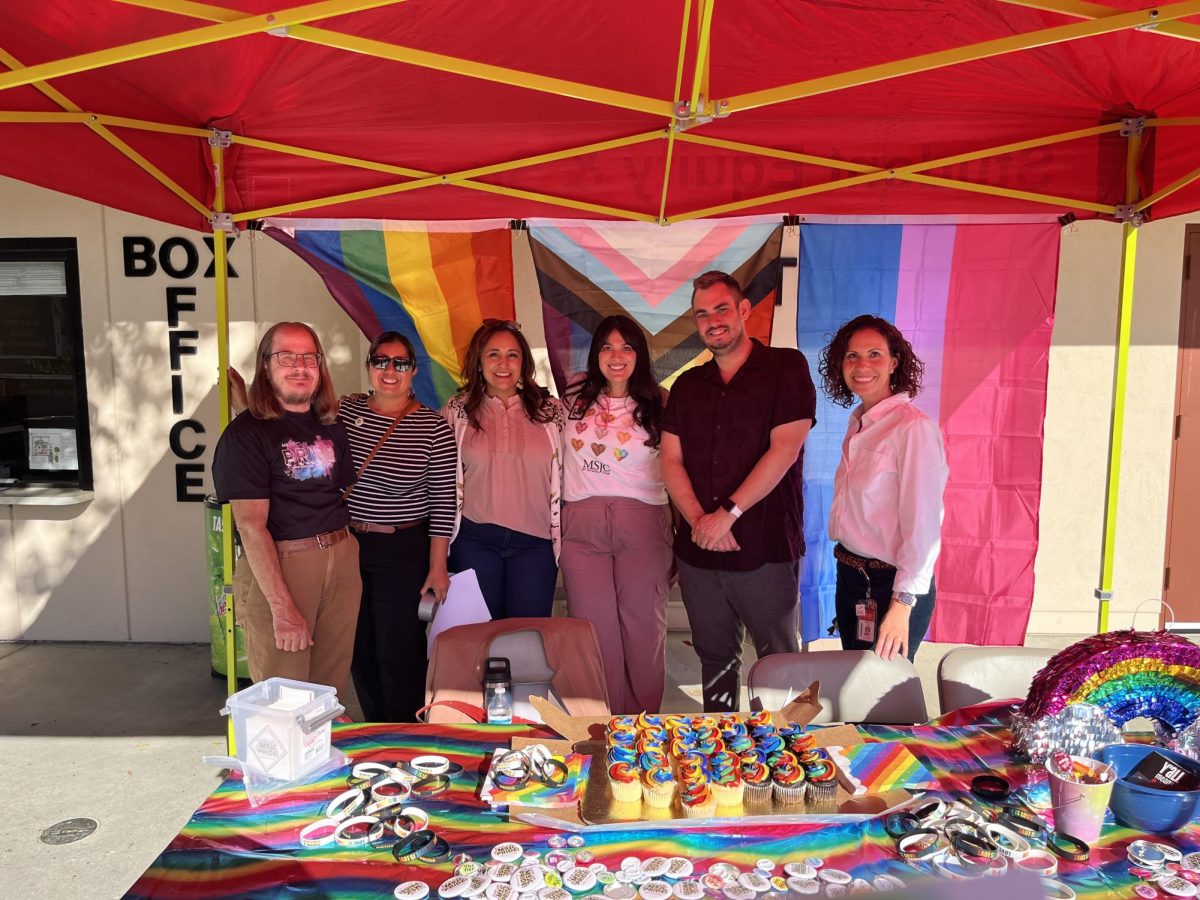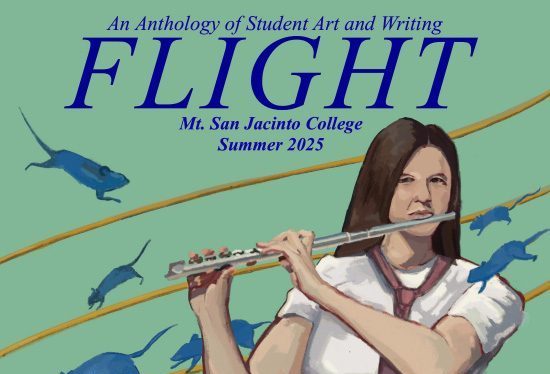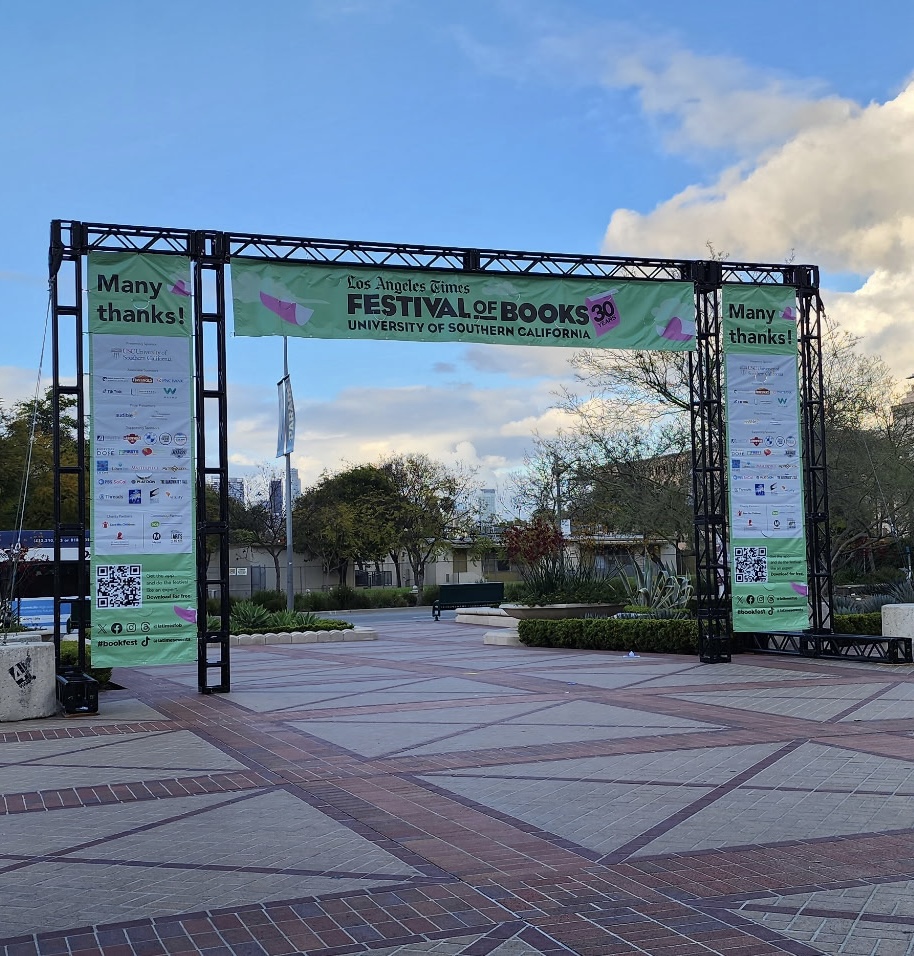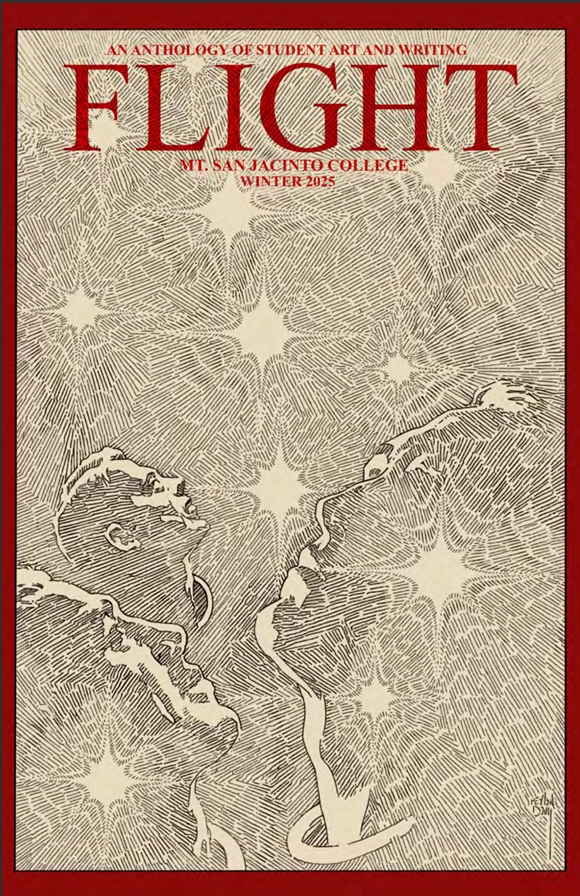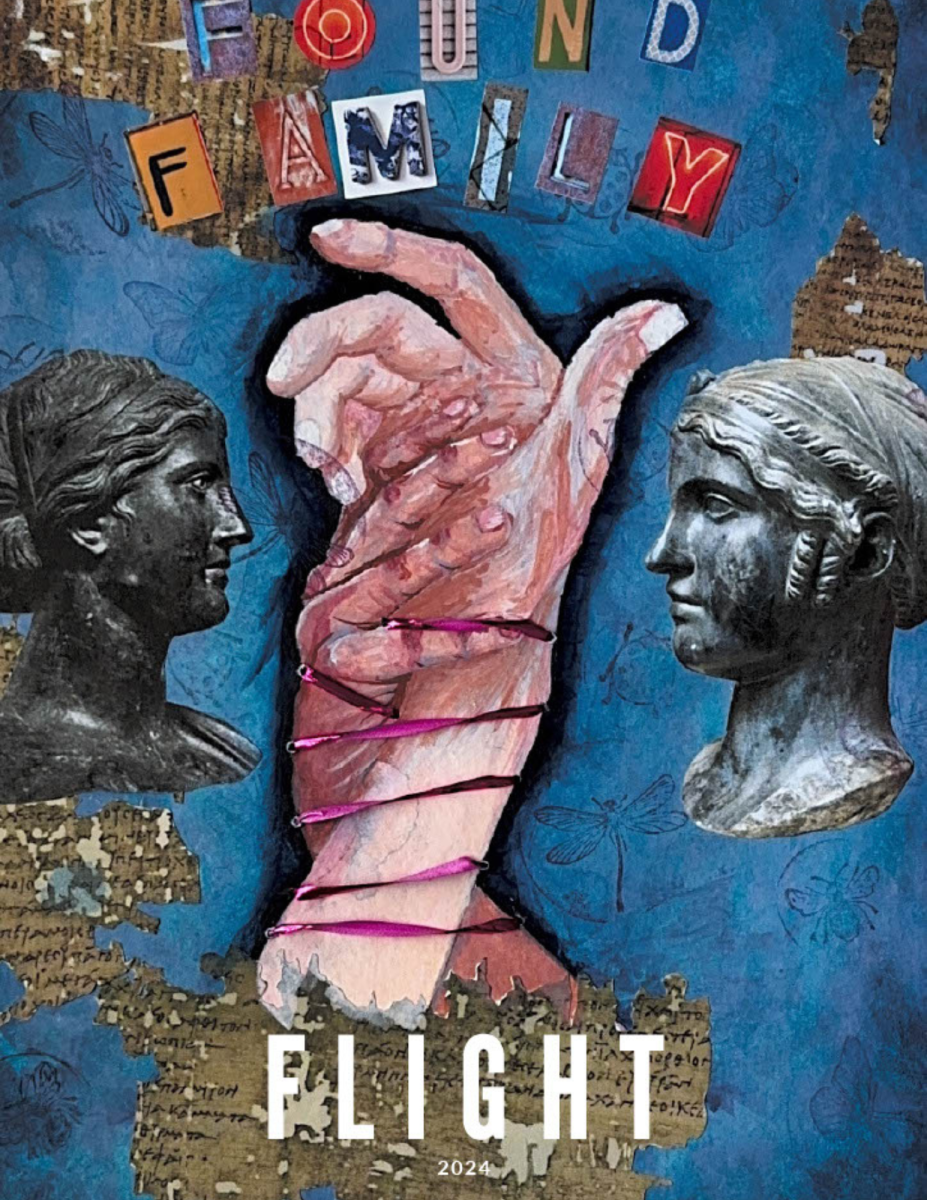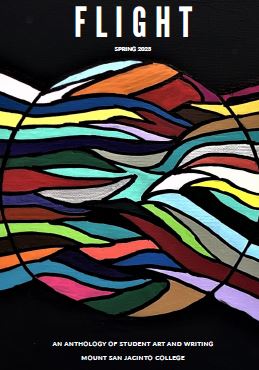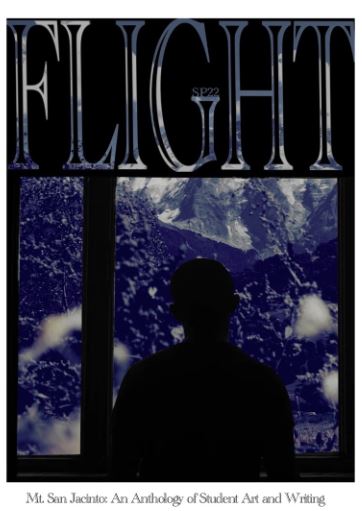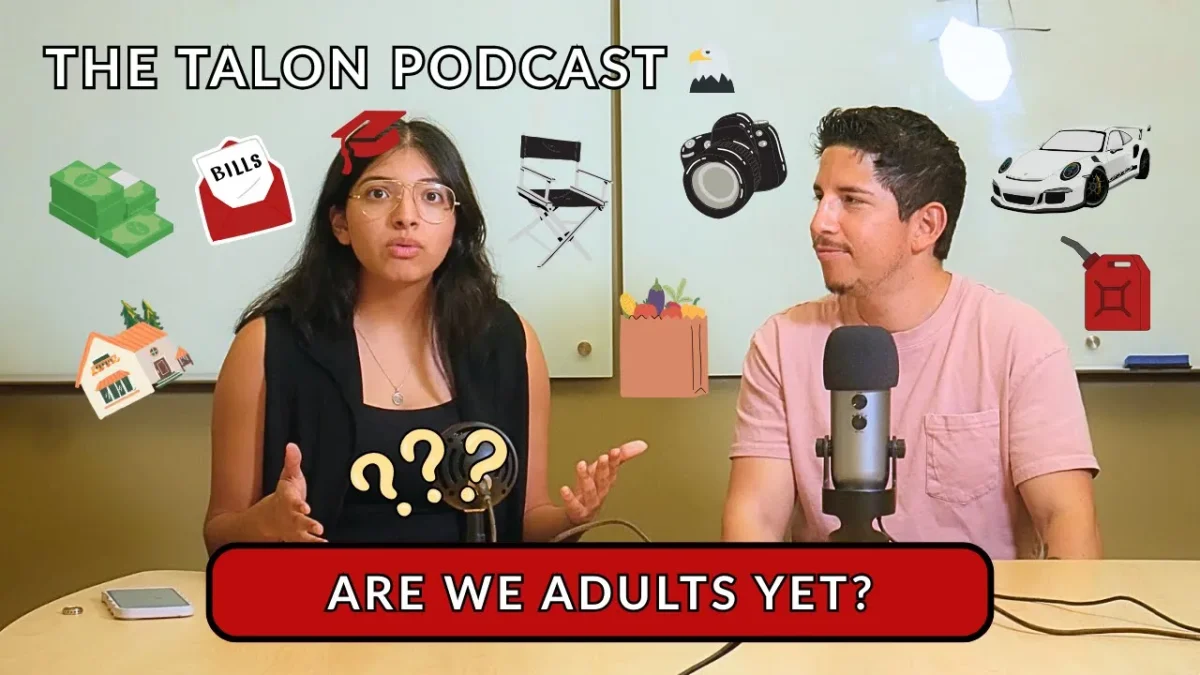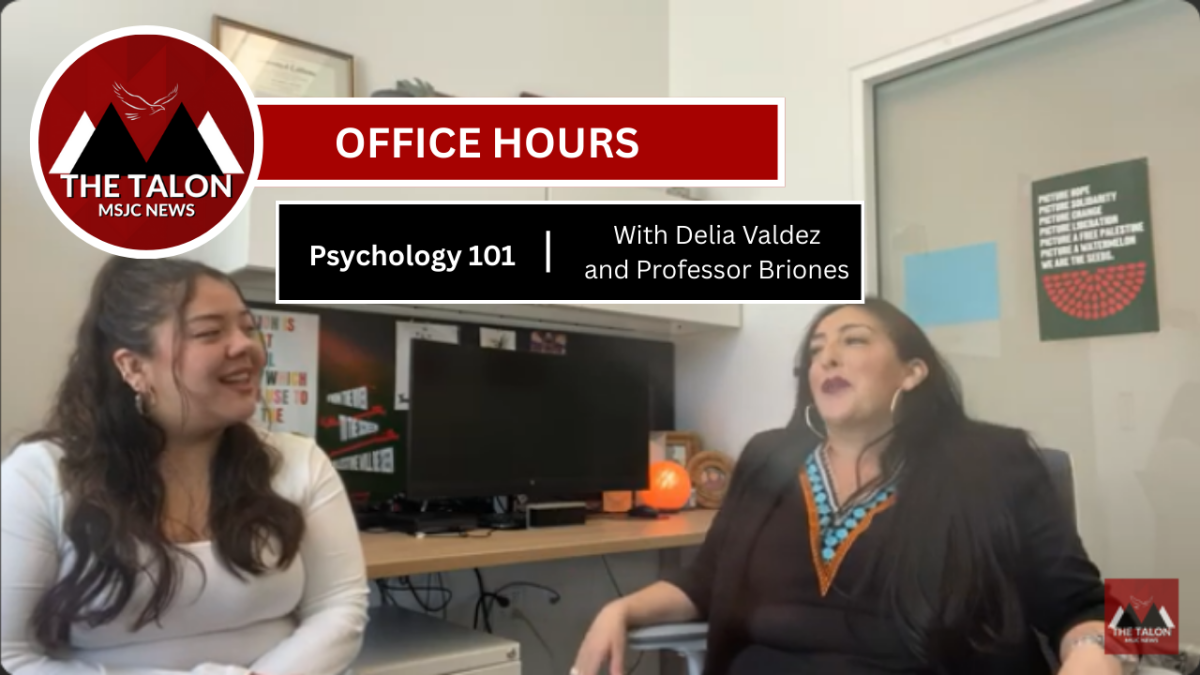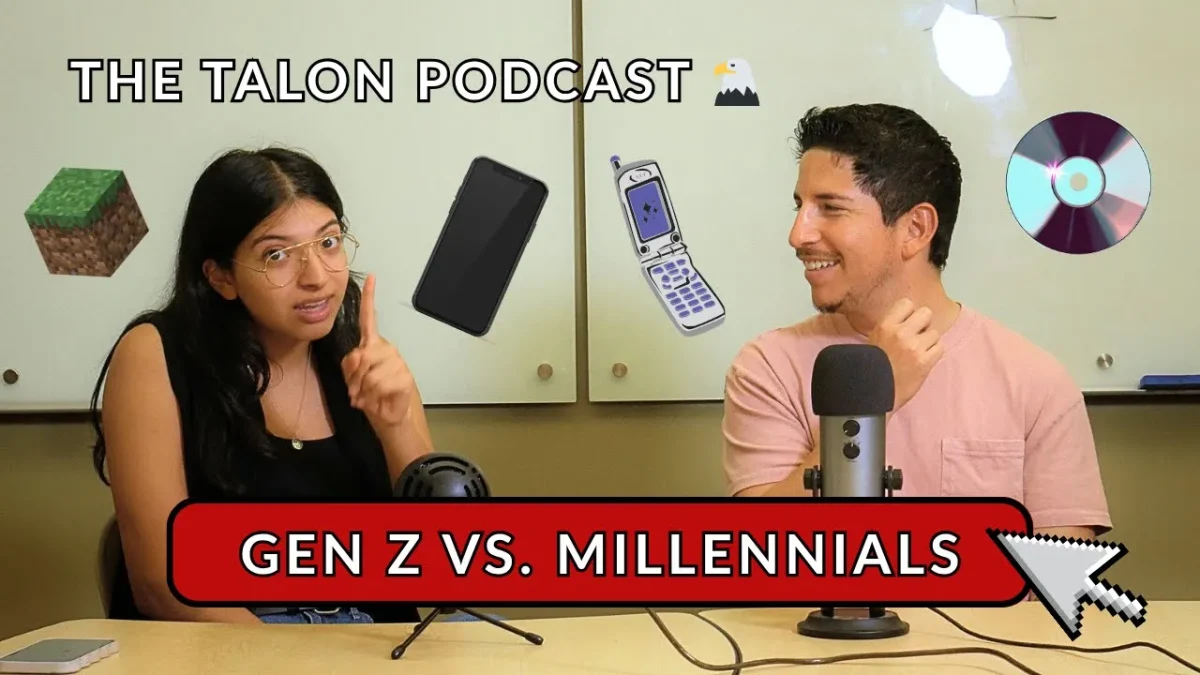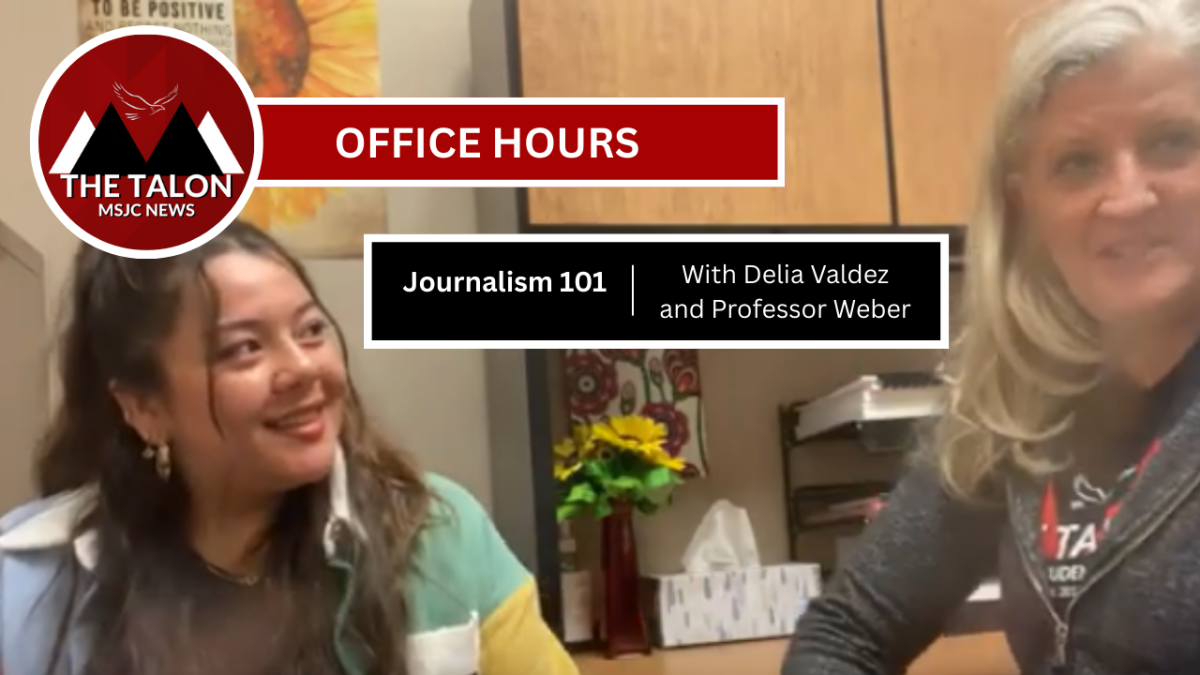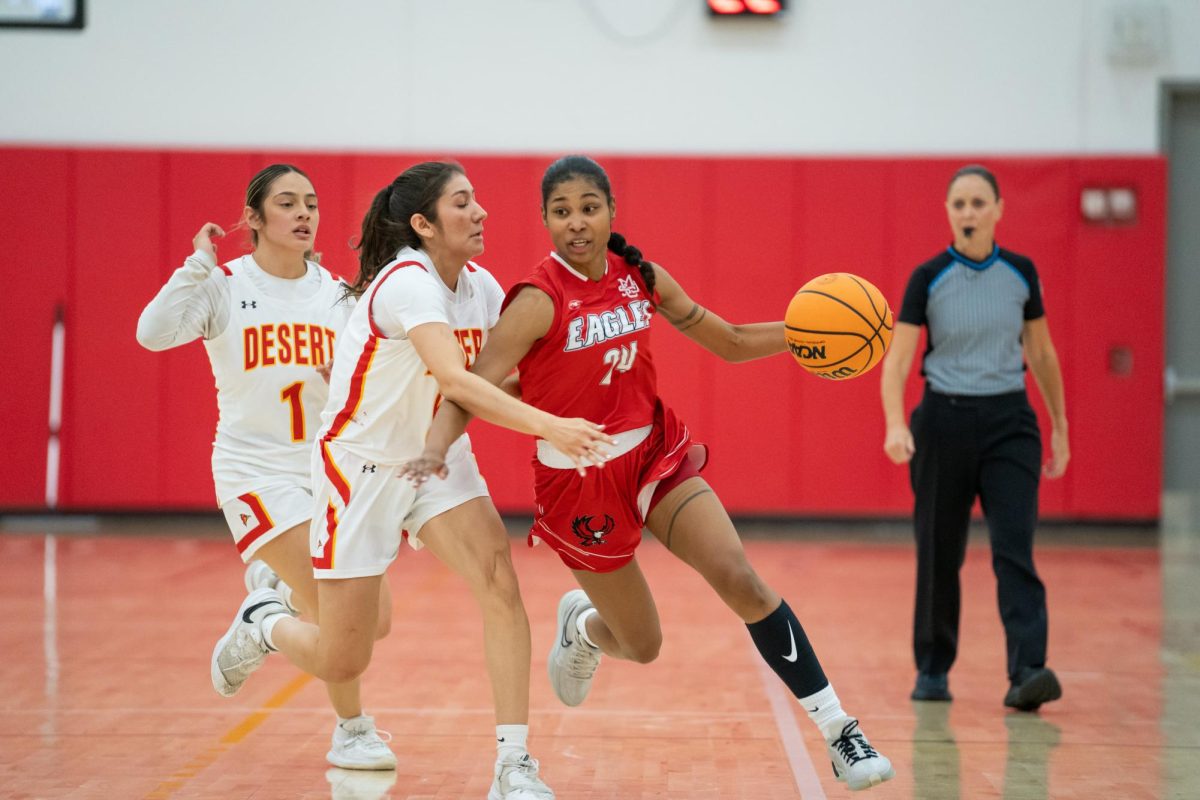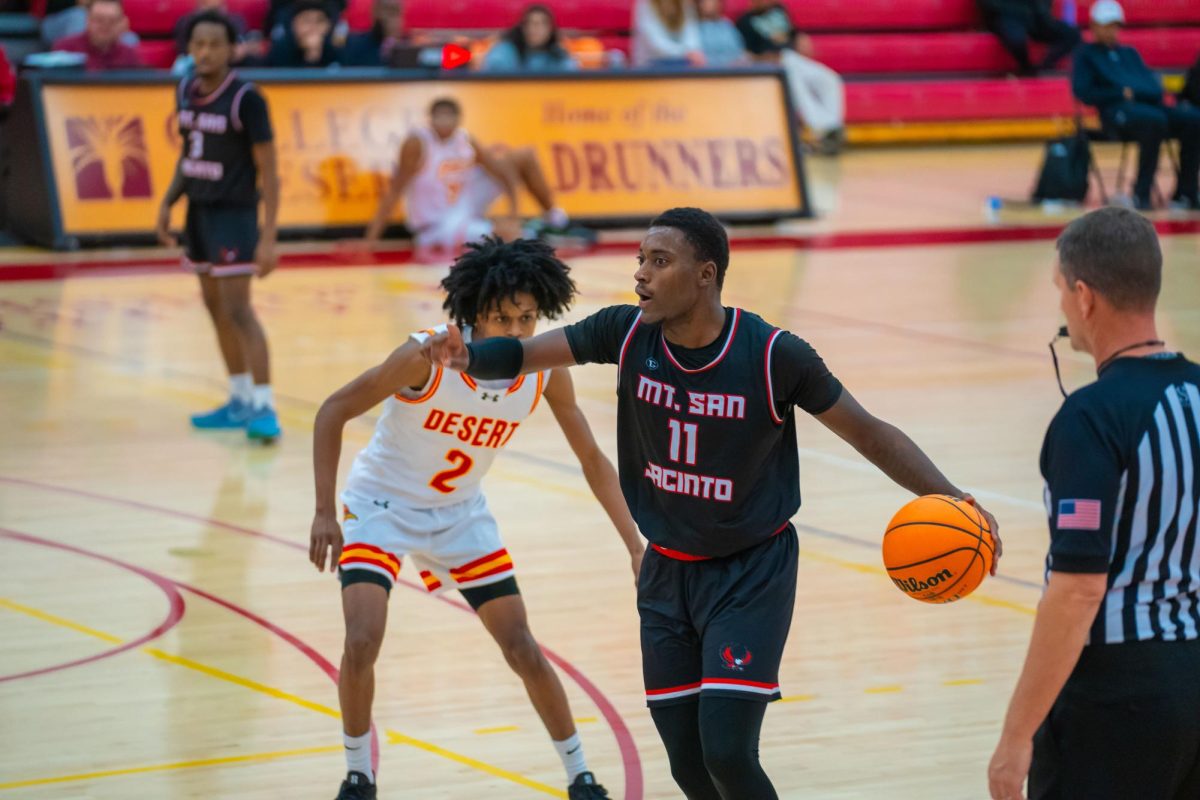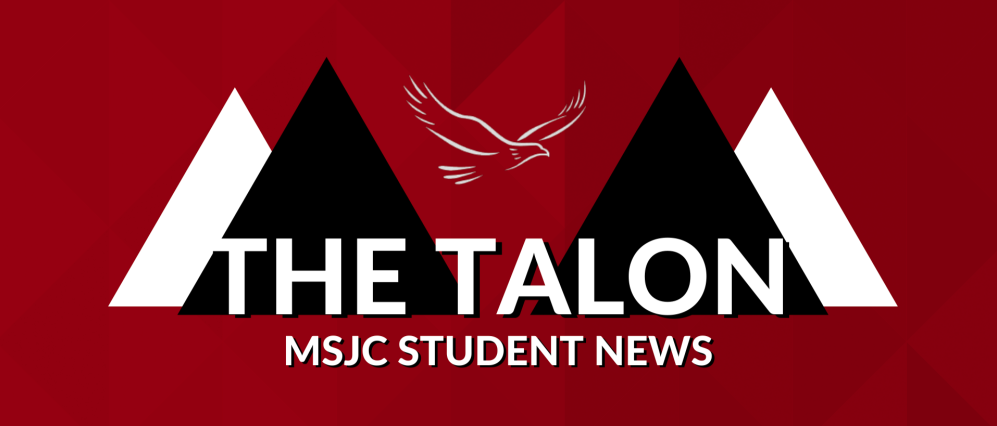Hispanic Heritage, Always in Motion
November 3, 2021
Hispanic Heritage month has come and gone, but its importance continues to resonate throughout Latin American communities.
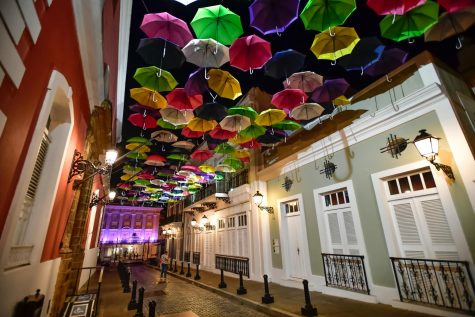
Nationally, every year between Sept. 15 and Oct. 15, Hispanics are given the opportunity to showcase the importance of their heritage and educate surrounding communities on how history, cultural traditions, and identities within the Latino communities are shaped.
Hispanic Heritage Month is celebrated in between two separate months because most Latin American countries won their independence on or around Sept. 15.The intent was not only to unify people in America whose ancestry originate from Spanish speaking nations, but also to provide an opportunity to highlight cultures and customs that make each Latin nation different.
The recognition of Latino heritage began in 1968 with a weeklong festivity that former President Lyndon B. Johnson initiated, which then grew into a month-long observance under former President Ronald Reagan in 1988.
While Hispanic Heritage Month was the U.S. government’s successful attempt to bring Latino’s together, it has also created division with its coined term, “Hispanic.”

The term Hispanic was not used by the U.S. until 1980 when it first appeared on the census form and was not widely known or understood by Latino’s until the 1990’s. It is used to describe anyone whose lineage originates from Spain and Latin America, but not Brazil.
Because the U.S. government includes Spain—the colonizer—in its definition of Hispanics, the term has been highly criticized.
Several terms have risen to describe people who originate from Spanish speaking nations without including the colonizer.
Latino, Latina, Latinx, and Latine are identifiers that have been accepted in order to describe Spanish people without using the government lumping term “Hispanic.” The terms do not include Spain as part of its descriptor when referring to Latin American people.
Some Latinos have resorted to further defining their identity to specifically include the country they originate from by using identifiers such as Mexican, Puerto Rican, Cuban, Venezuelan and many more.
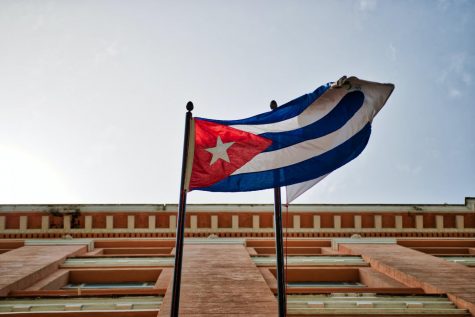
MSJC celebrated Hispanic Heritage Month by hosting a wide array of educational and entertainment events that focused on issues Chicano’s—a term specifically referring to people who are Mexican, but born in America—should be concerned about and also presented a viewing of a movie starring comedian George Lopez, “Spare Parts.”
Additionally, The Talon contributed to the college’s efforts by seeking submissions that consisted of student interpretations of Hispanic Heritage month and also held a “Talon Talks” podcast regarding embracing differences within the Latino culture and community.
Student submissions included:
- An abuela “pozole” memory held dear to Abigail Rosas.
- Latin inspired art by Dawn Allen, who also has an instagram full of detailed creations.
- A collage of famous Latino figures by Madison Williams.
- A reflection on Hispanic Heritage by Cynthia Carrillo, The Talon’s vice president and writer.
- Movie review of Lin Manuel Miranda’s, “In the Heights” by Nick Pettis, The Talon’s president and video content editor.
Submissions are currently published for viewing.
